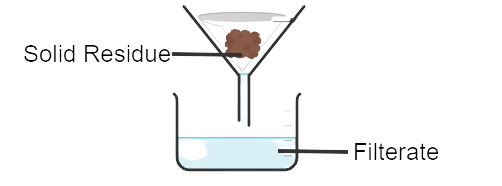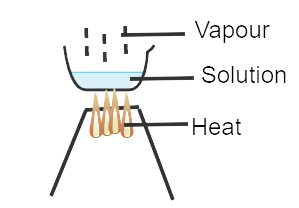Class 6 Science NCERT Exemplar Solutions Chapter 5 Separation of Substances
FAQs on NCERT Exemplar for Class 6 Science Solutions Chapter 5 Separation of Substances
1. What is the need for separation of substances? Explain with examples.
There are various kinds of impurities present in the Substances. So the separation process is needed to remove the impurities and get two or more products out of the mixture.
Separation of substances can be carried out under two conditions
- Dry conditions
- Wet conditions
For example:
(a) Tea leaves are separated from the liquid with a strainer while preparing tea.
(b) Stone pieces from wheat, rice or pulses are picked out by hand.
2. Write various methods of separation of components from their mixture.
There are various methods of separation of components from their mixture used which are as follows:
Handpicking
Threshing
Winnowing
Sedimentation
Decantation
Filtration
Evaporation
Condensation
3. What is Decantation?
You can find the NCERT Exemplar for Class 6 Science Chapter 5 Separation of Substances on the Vedantu site or app. You can access the NCERT Exemplar for Class 6 Science Chapter 5 Separation of Substances for free on the Vedantu site or app by clicking on the below-mentioned link.
https://www.vedantu.com/textbook-solutions/ncert-exemplar-solutions-class-6-science-chapter-5
These worksheets are free of cost. Students can access them for free and they can also download them in pdf format.
5. What is Handpicking?



























